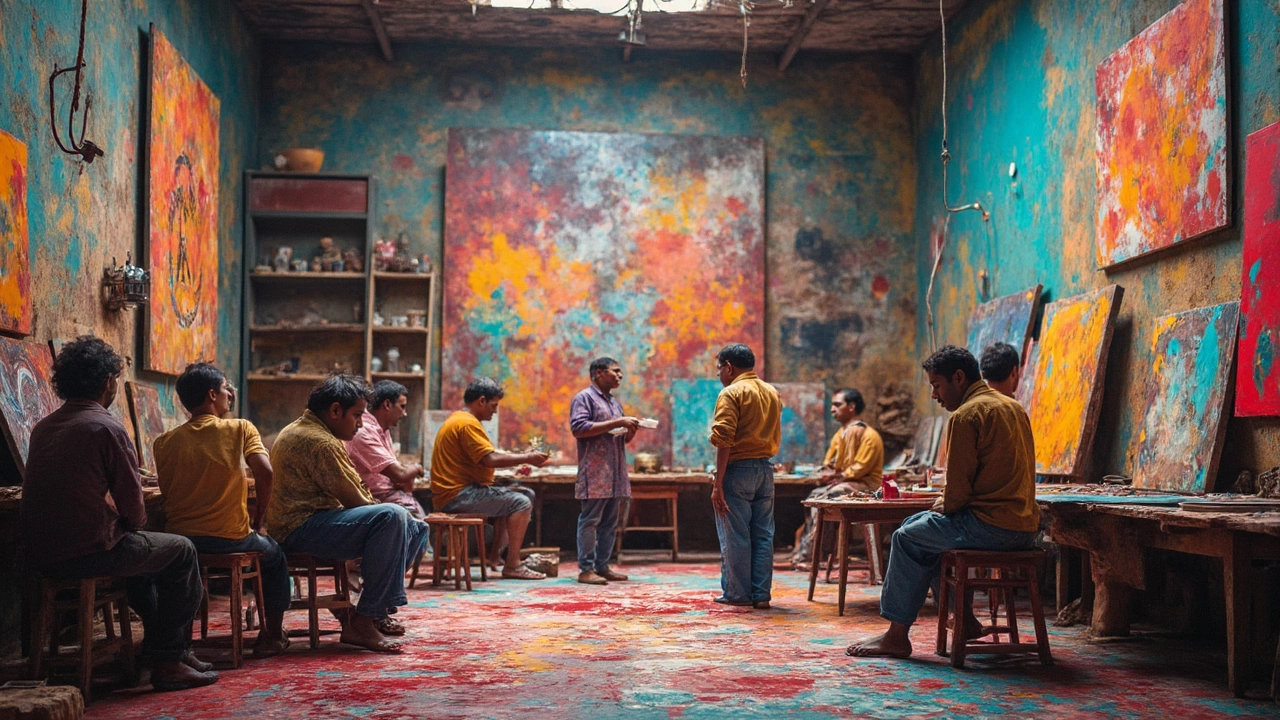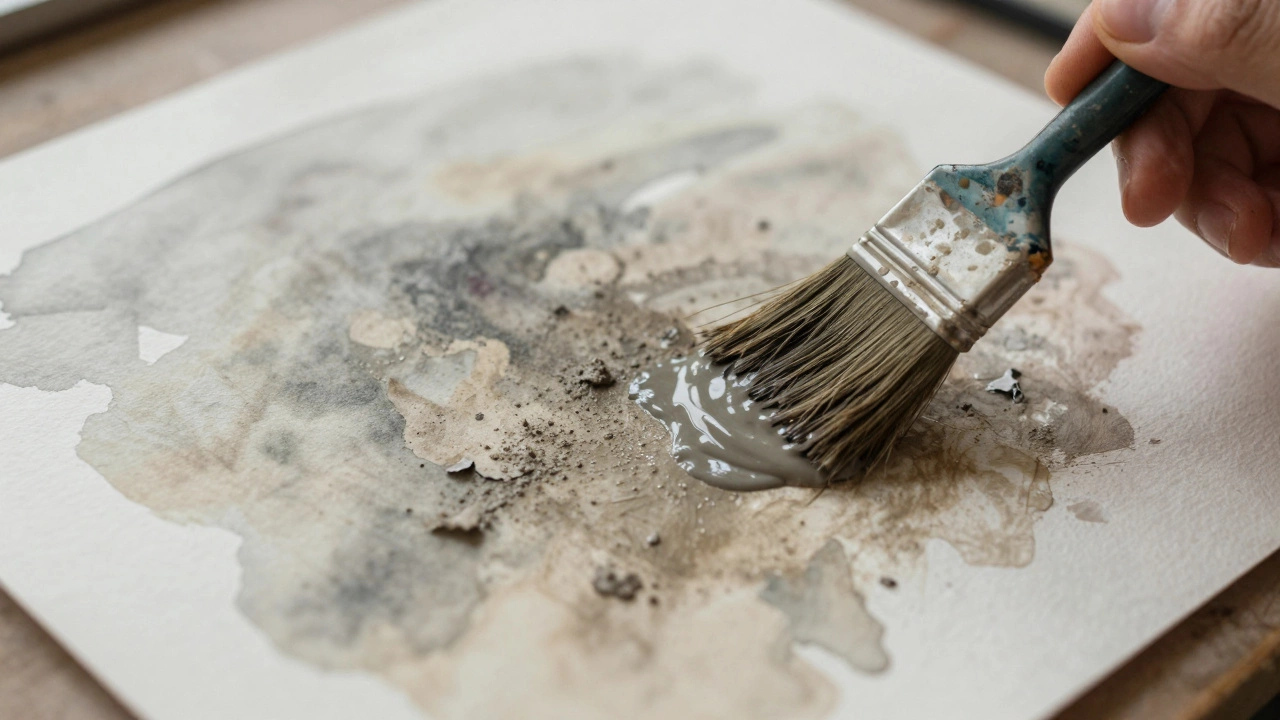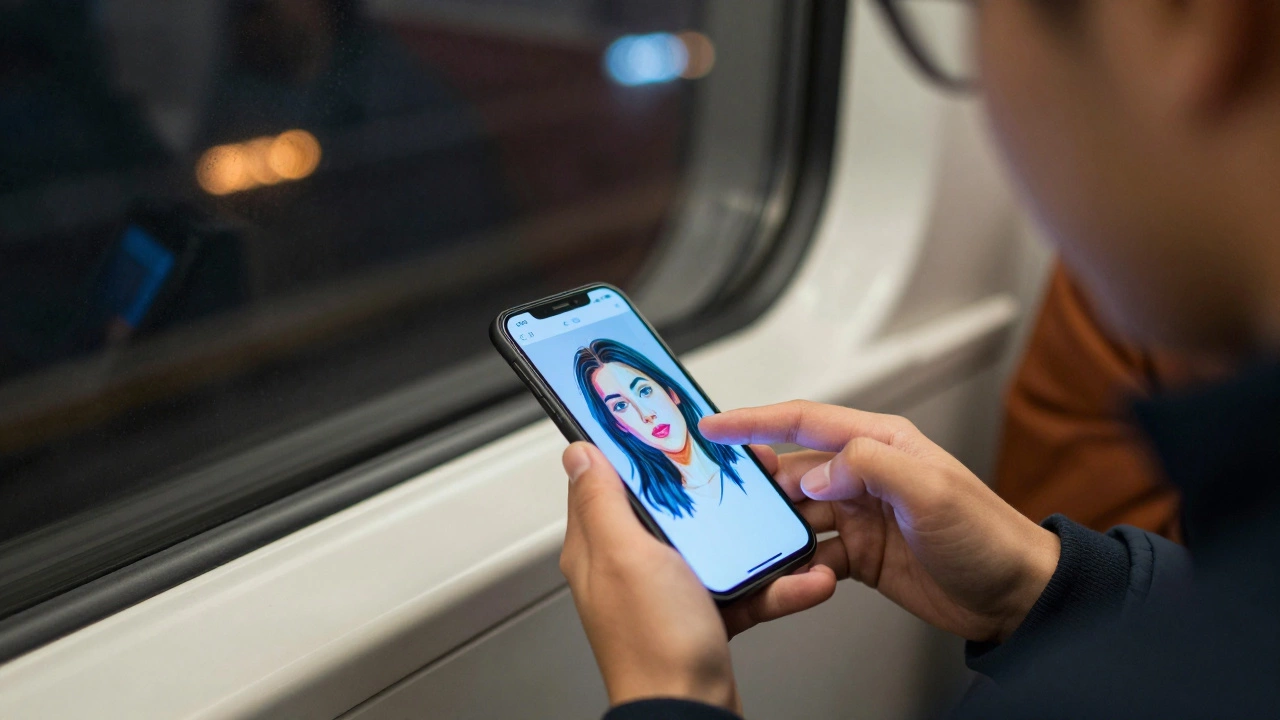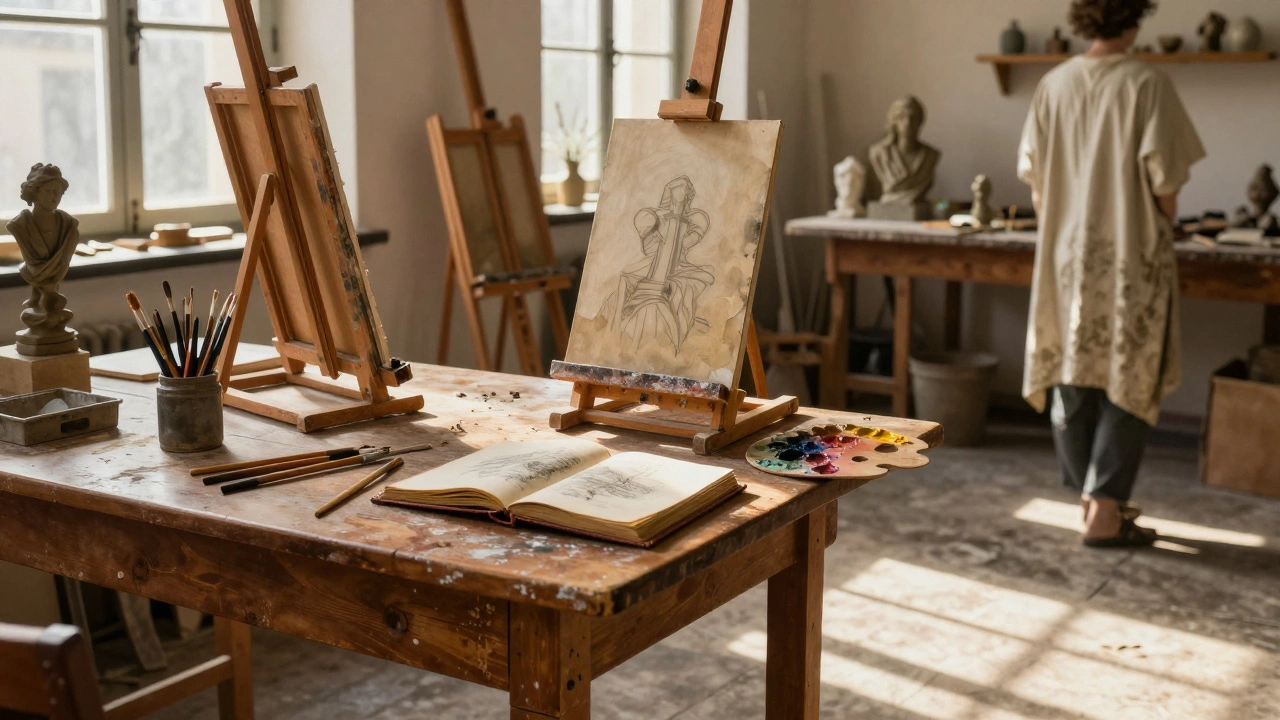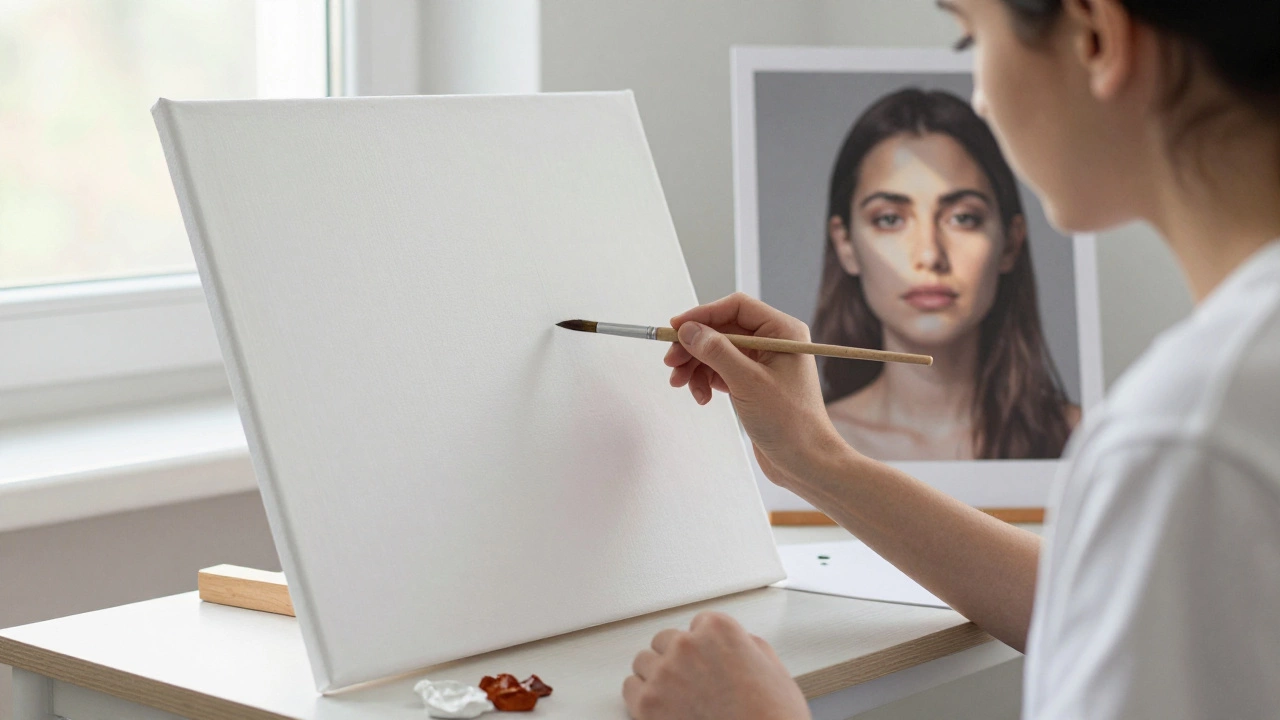Ever stared at a piece of contemporary art and wondered, 'What's the deal with this?' You're not alone. Unlike classic masterpieces that follow certain rules, contemporary art loves shaking things up. It's like the rebellious teenager of the art world, often breaking away from traditional techniques and norms. But why is that?
For starters, contemporary art is all about breaking the mold. It's designed to surprise, provoke thought, or even make you a little uncomfortable. Artists today aren't just painting pretty pictures—they’re experimenting with new ideas, materials, and forms. Why stick to a paintbrush when you can use digital tools or even everyday objects to make a statement?
This art form acts almost like a mirror reflecting cultural shifts and societal changes. It's not just about what looks good; it's about what makes you think or feel deeply about the world around us. From installations that fill entire rooms to pieces that demand you to interact with them, contemporary art is as diverse as the cultures it represents.
- Breaking the Traditional Rules
- The Role of Experimentation
- The Cultural Mirror
- Diverse Mediums and Methods
- Why Debates and Discussions Matter
Breaking the Traditional Rules
When it comes to contemporary art, there's this crazy freedom that artists just dive into. Gone are the days when rules dictated how art should be created. Traditional boundaries have blurred, allowing for a playground of creativity. This isn't about ignoring the past but rather using it as a springboard into something fresh and unexpected.
Consider the way Picasso broke convention with his abstract distortions or how artists like Jackson Pollock splattered paint in unpredictable ways. These talents of the past cracked the door open for today’s creators. Instead of simply following old methods, contemporary artists mix it up with hybrid forms that often combine different disciplines like sculpture, painting, and performance—sometimes all in one piece!
For example, the famous Chinese artist Ai Weiwei often uses this blend of old and new. He’s known for employing traditional materials and techniques, like ceramics, while delivering strong political messages. His installations aren't just to be admired; they urge viewers to think critically about current social issues, making his art both visually stunning and deeply thought-provoking.
In a world where digital technology is steadily infiltrating every corner of life, art is no exception. Many modern artists are incorporating digital components, creating pieces that are interactive or even virtual. This tech-savviness isn’t just for show—it's fundamentally changing how viewers engage with art appreciation. Imagine walking into an exhibit and being part of an art piece rather than just a spectator.
In breaking these traditional rules, contemporary art challenges us to redefine what art can be. It's not just sitting quietly in a museum anymore. It's loud, vocal, and ready to engage anyone willing to dive in and be part of the conversation.
The Role of Experimentation
Why does contemporary art often look so different? A big part of this is experimentation. Unlike the Ole Monets and Rembrandts, artists today have the freedom to experiment without the constraints of traditional styles. They explore new ways of expression, and sometimes the results can really challenge what we think art should be.
Think about artists like Damien Hirst, who isn't just putting paint on canvas. Nope, he's known for using unexpected materials like real animal specimens preserved in formaldehyde. Sure, it's a bit out there, but it gets people talking and thinking differently about life, death, and art itself.
This kind of experimentation is all about pushing boundaries. It’s as if art has become one big, ongoing science project. Imagine mixing colors, but here you’re blending not just paints but materials like virtual reality, fabrics, or even food items. The result? Art that's not confined to a frame on the wall.
Artists also like to blur the lines between art and life. Take performance art, for example. It's like watching a live play but without a script. Artists create experiences that invite you to participate or experience something unexpected. This can be super impactful because it involves you directly.
So, the bottom line? The role of experimentation in modern art differences is crucial. It's about breaking out of the box, trying new things, and engaging viewers in ways they might not expect. This makes art more than just a visual experience—it's something to be felt and sometimes even lived through.
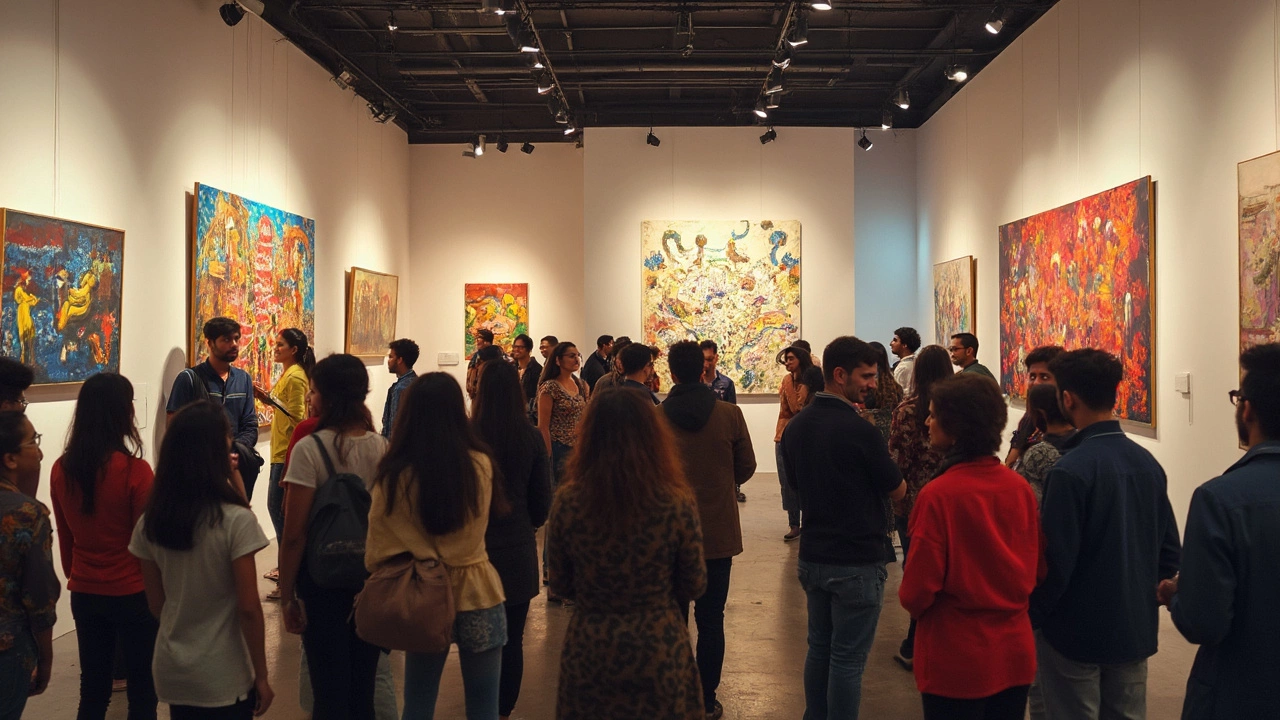
The Cultural Mirror
Contemporary art reflects the cultural zeitgeist like nothing else. Think of it as a snapshot of the current world, capturing our hopes, struggles, and shifting norms. While traditional art depicted religious scenes or portraits of the elite, contemporary artists capture everything from social issues to personal identity.
Take, for instance, Banksy, the renowned street artist who uses public spaces to comment on political and social issues. His work often tackles themes like capitalism and war, resonating with people worldwide. Similarly, Ai Weiwei, the famous Chinese artist and activist, uses his art to shed light on human rights issues and government oppression. Both artists use their creations to hold up a mirror to the world, saying, 'This is who we are right now.'
Moreover, since contemporary art often addresses current events and societal challenges, it's perpetually evolving. Remember a few years ago when environmental art started gaining traction? Artists began using recycled materials to promote sustainability and environmental awareness—a clear reflection of the global push for environmental consciousness.
What's fascinating is that no medium is off-limits. From digital art to performance art, contemporary artists utilize every tool available to express themselves. This broad range helps capture the diversity of cultures and issues represented in today's society. It's not just about aesthetics but about connecting with what's real and relevant today.
The beauty of contemporary art is in its diversity and depth—it challenges us to think about who we are and where we're going. And as our culture continues to change, you can bet contemporary art will be right there, chronicling the journey in vivid, thought-provoking ways.
Diverse Mediums and Methods
Contemporary art is like a playground where artists explore with endless materials and ways to express themselves. Forget the old-school canvas and paints. We're talking about everything from digital art to installations made from recycled materials. It's this broad use of diverse mediums that sets contemporary art apart from its traditional counterparts.
Let's start with digital art. With the rise of technology, many artists now use tablets, 3D modeling software, and even virtual reality to bring their visions to life. This isn't just a niche; it's a growing area that's redefining art exhibitions and galleries. No wonder so many younger artists are drawn to it—it's fresh and constantly evolving.
But it's not all digital. Some artists turn everyday objects into art, known as found object art. Imagine a sculpture made from discarded plastic bottles or a piece of art fashioned out of broken gadgets. This approach not only sparks creativity but also highlights important environmental issues.
Installation art is another biggie. These are often large-scale works that occupy an entire space, designed to be immersive experiences. Think of Yayoi Kusama’s mesmerizing infinity rooms, where mirrors and lights create a seemingly endless universe. These installations go beyond viewing art; they invite you to step inside and become part of it.
Using different methods encourages a broader audience. You might not get the same emotional connection to an oil painting as you would stepping into a room filled with sound and light art by James Turrell.
The diversity in contemporary art methods means there's something for everyone. Whether you're into high-tech designs or eco-friendly sculptures, there's no shortage of fascinating creations waiting to be explored. And with this variety, artists can communicate their messages in unique ways, reaching audiences that traditional art might never touch.
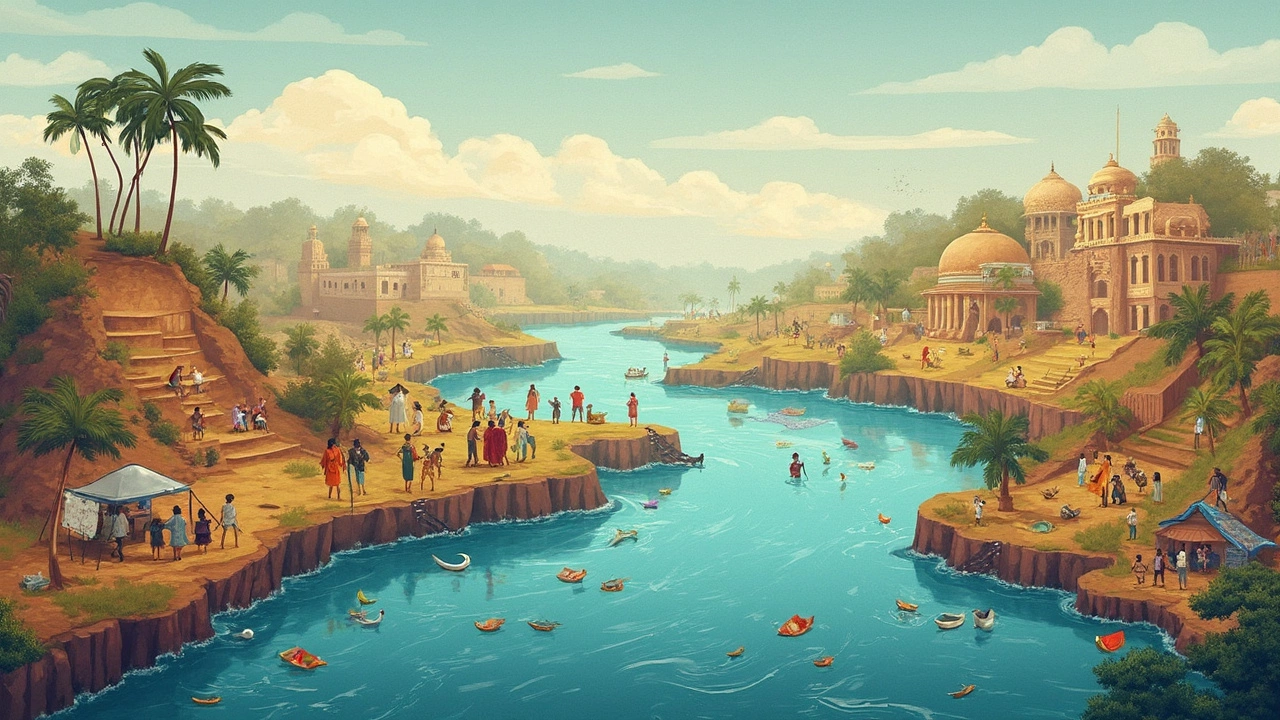
Why Debates and Discussions Matter
Contemporary art has this knack for kicking off intense conversations—ever wondered why? It's like the art world's way of doing a mic check. These debates and discussions aren't just noise; they're essential to understanding and appreciating the art itself.
When people engage in discussions about contemporary art, they're not just talking about what they see. They're diving deeper into what the art represents and the emotions it evokes. Because contemporary art often comments on social, political, and cultural issues, it naturally leads to varied opinions and interpretations. This isn’t just an art geek thing; it's for anyone curious about how art connects to everyday life.
Being part of these discussions can open your eyes to new perspectives. You might start seeing things from an angle you never considered before. And the artists? They love this back-and-forth. It refines their work and keeps it relevant. Think of it like a feedback loop where everyone learns and grows.
Moreover, museums and galleries often host panels and talks around exhibits to encourage dialogue. These events highlight not just the what's, but the why’s of art. Ever been to one of those interactive installations with a guide taking you through their process and the meaning behind their work? Those are gold mines for understanding the message artists wish to convey.
And here’s a neat statistic: Around 60% of contemporary art museums in the U.S. have interactive or participatory elements directly encouraging visitor engagement in discourse. Whether it's through a simple comment board or a more structured discussion, the goal is to get you thinking and talking.
So next time you find yourself in front of a contemporary artwork, share what you see. Ask others what they think. You might find the conversation as intriguing as the art itself, and that, in essence, is why debates and discussions matter.
